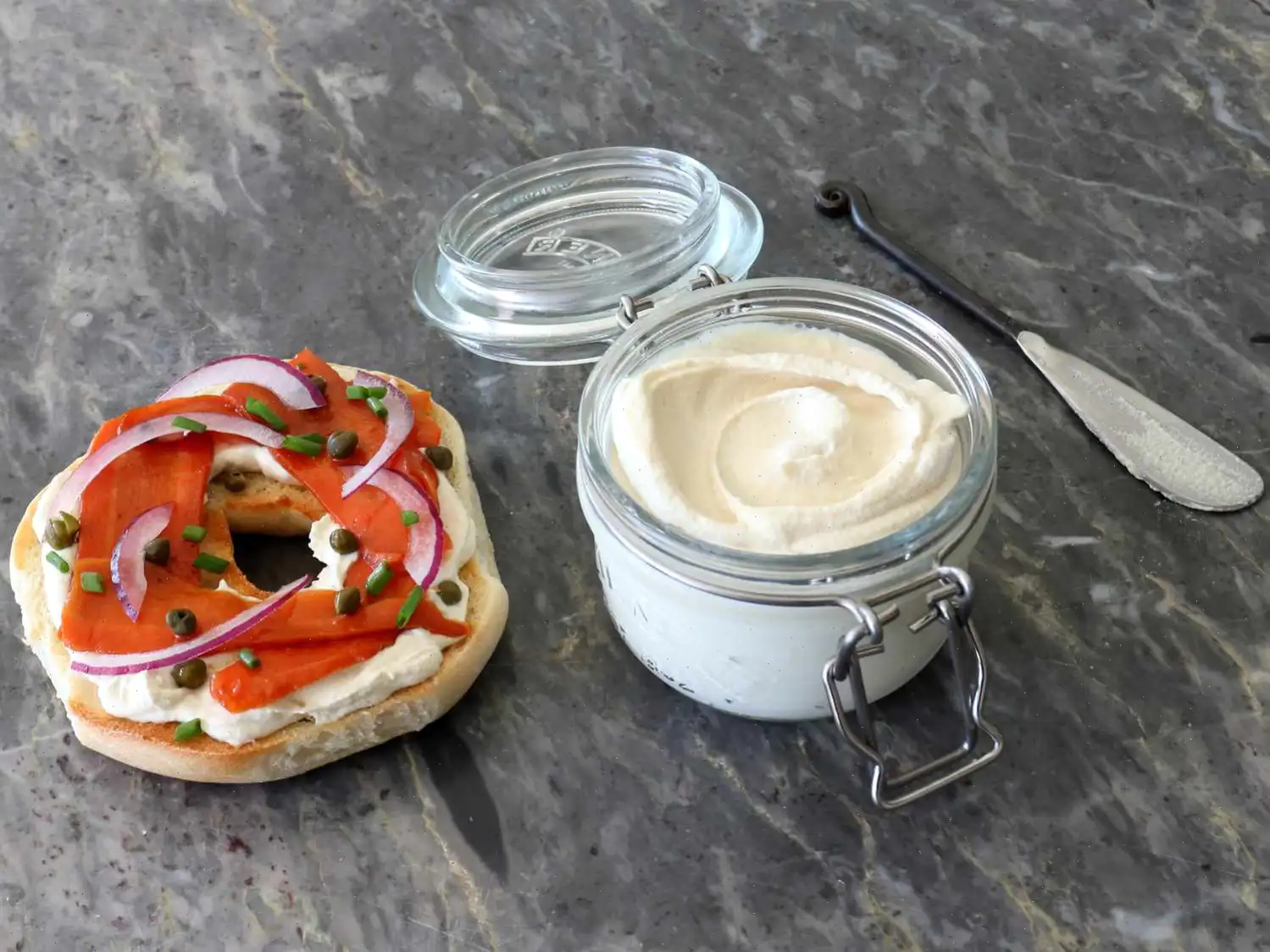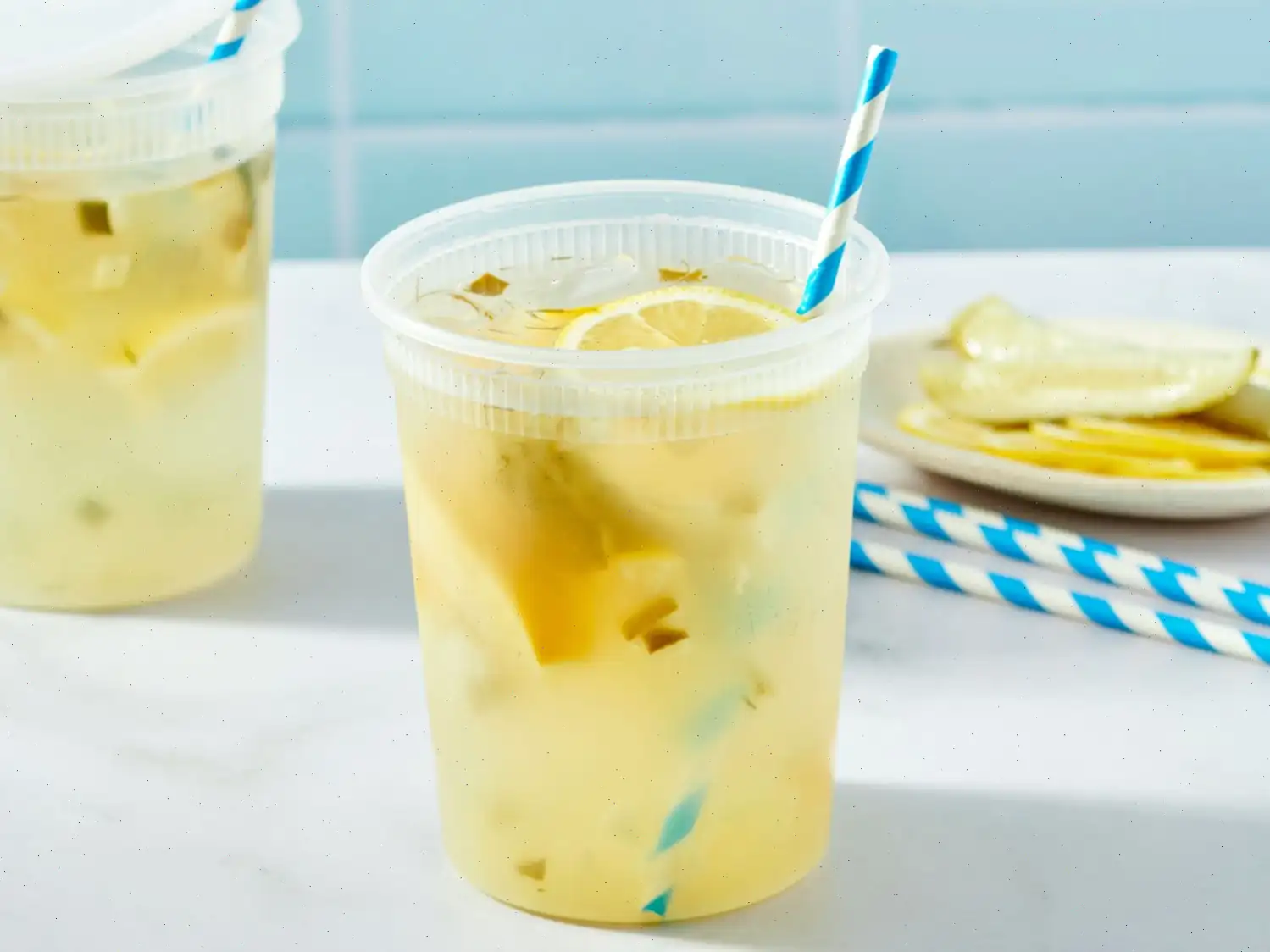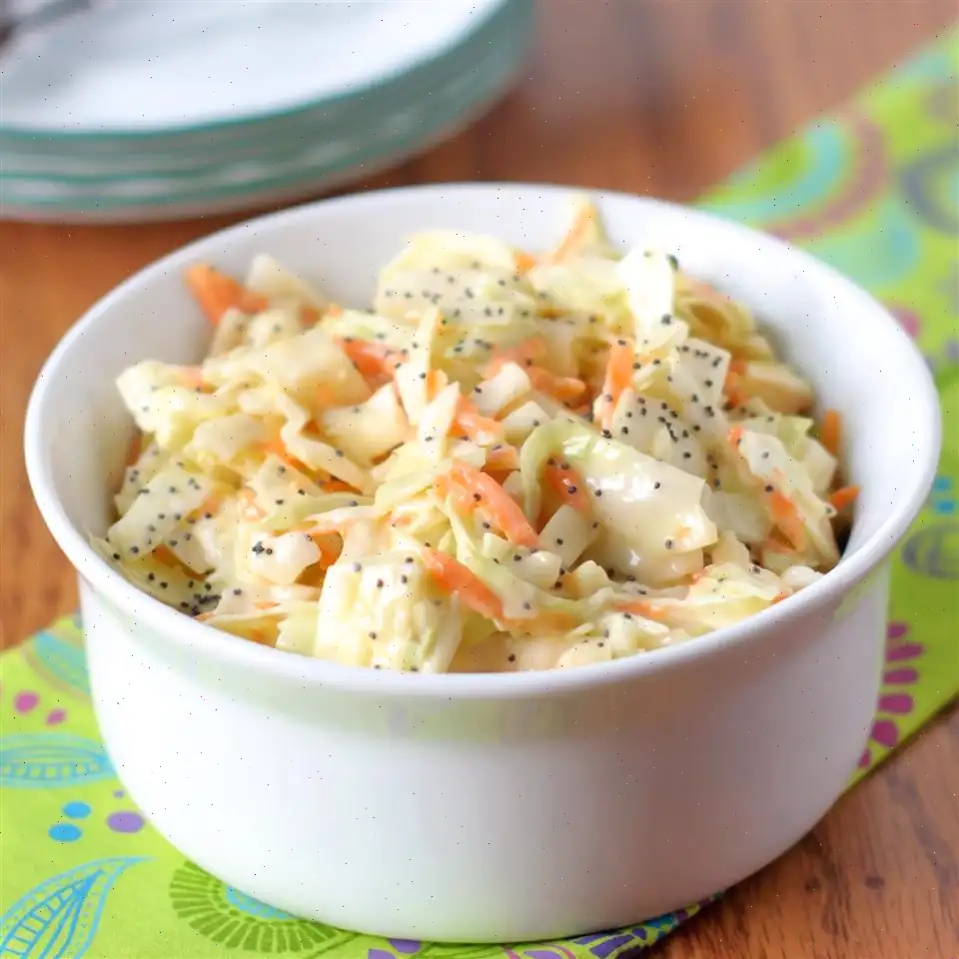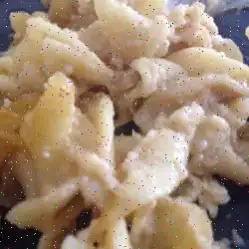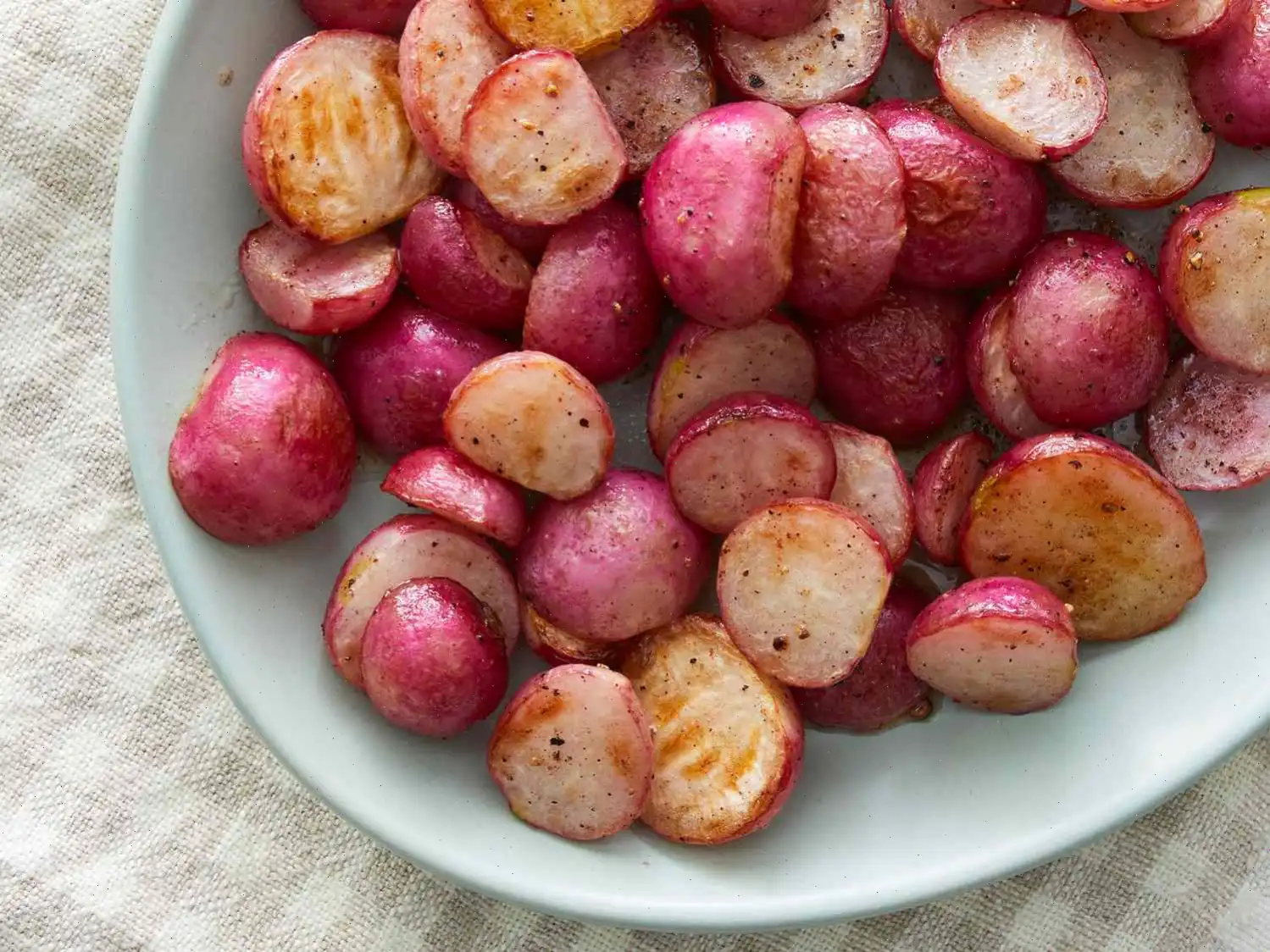
Cultured Cashew Cream Cheese Recipe
If you're not vegan but still enjoy delicious, plant-based foods, this easy-to-make cultured cashew spread might just surprise you. Inspired by a visit to a local eatery, this cashew cheese recipe is simple, yet incredibly satisfying. The base is a smooth, tangy fermented cashew cream that you can season to your liking. Once it's ready, refrigerate it for the best flavor. Let's dive into the steps to make your own vegan cheese!
Ingredients:
- 2 cups raw cashews
- 1/2 teaspoon fine sea salt
- 1 tablespoon nutritional yeast
- 1 tablespoon apple cider vinegar
- 3 tablespoons plain cashew milk yogurt
- 1/4 cup water (or as needed)
Directions:
Step 1: Begin by placing the cashews in a bowl and covering them with cold water. Let them soak overnight, or up to 24 hours. This will soften the cashews, making them easier to blend into a smooth cream.
Step 2: After soaking, drain the cashews. Add them to a high-speed blender along with the sea salt, nutritional yeast, apple cider vinegar, cashew yogurt, and water. Blend on high speed until the mixture is completely smooth and creamy.
Step 3: Transfer the smooth cashew mixture into a sterilized glass . The key to great fermentation is cleanliness, so ensure your is properly sterilized. Let it sit in a warm area for 8 to 24 hours. You can ferment it at room temperature, but if you want to speed up the process, use a heating pad set to low (around 90F or 32C).
Step 4: Check the mixture occasionally during fermentation. Stir it and taste it to monitor the progress. Once the cheese has fermented to your desired tanginess, it's time to move to the next step.
Step 5: Season the fermented cashew cheese with salt to taste. You can also add any additional flavorings at this point, such as minced garlic, fresh herbs, or spices, depending on your preferences.
Step 6: Chill the cashew cheese in the refrigerator for at least 1 hour before serving. For the best results, allow it to chill for 24 to 48 hours to let the flavors develop further.
Notes on Sterilizing Containers:
To ensure no unwanted bacteria interfere with your fermentation process, its important to use sterilized equipment. Here are three easy methods for sterilizing your s and tools:
- Fill a bowl with boiling water, immerse the and lid, and let them sit for 10 minutes. Drain and allow to air dry.
- Wash the and lid, then place them in a preheated oven at 200F (95C) for 10 minutes.
- Mix 1 teaspoon of bleach with 3 1/2 quarts of water. Soak your tools for 5 minutes, rinse thoroughly with hot water, and air dry.
Nutrition Facts (per serving):
| Calories | 201 |
|---|---|
| Total Fat | 15g |
| Saturated Fat | 3g |
| Cholesterol | 2mg |
| Sodium | 157mg |
| Total Carbohydrate | 12g |
| Dietary Fiber | 1g |
| Total Sugars | 4g |
| Protein | 8g |
| Calcium | 65mg |
| Iron | 2mg |
| Potassium | 292mg |
Note: Percent Daily Values are based on a 2,000 calorie diet. Your daily values may vary based on your individual calorie needs.
The Story Behind Cultured Cashew Cream Cheese
Cultured cashew cream cheese is a modern twist on traditional fermented cheeses, emerging from the growing popularity of plant-based diets. Its origin is closely linked to vegan and raw food movements in North America and Europe during the early 2000s, when culinary innovators sought alternatives to dairy without compromising texture or flavor. By soaking cashews and fermenting them with live cultures, cooks discovered a creamy, tangy spread that could mimic traditional cream cheese while remaining entirely plant-based.
Regional Variations and Local Preferences
While cultivated widely in the United States, this cheese has found regional adaptations around the world. In the Pacific Northwest, it is often flavored with fresh herbs like dill and chives, reflecting local produce. In Mediterranean-inspired recipes, garlic, lemon, and nutritional yeast are added to create a zestier version. In Asia, cashew cheeses are sometimes blended with miso for an umami boost. Each region experiments with fermentation times and flavoring agents, producing subtle differences in tanginess and creaminess.
Distinguishing Features from Similar Dishes
Unlike traditional dairy cream cheese, cultured cashew cream cheese is entirely vegan and lactose-free, with a naturally nutty undertone. Compared to other plant-based cheeses like almond or soy-based spreads, cashew cream tends to have a smoother, silkier texture and a milder taste, making it versatile for both sweet and savory applications. Its fermentation process imparts a tangy complexity not usually found in raw nut butters or non-cultured spreads, bridging the gap between plant-based and traditional dairy flavors.
Typical Settings and Serving Suggestions
This cashew cheese is commonly served in cafes, vegan bakeries, and health-conscious restaurants, often as a spread on bagels, toast, or crackers. It pairs beautifully with fresh vegetables, smoked or roasted plant-based proteins, and fruit preserves. Home cooks use it as a base for dips, sauces, or even as a creamy addition to pasta dishes. Its versatility has made it a popular choice for brunches, picnics, and holiday spreads, particularly where dietary restrictions or preferences favor plant-based alternatives.
Fun Facts and Interesting Tidbits
- Cashew cream cheese can be customized with countless flavors, from roasted red peppers to truffle oil, offering endless culinary creativity.
- The fermentation process not only enhances flavor but also slightly improves digestibility and nutritional absorption.
- Many chefs consider this recipe a gateway to more complex vegan cheeses, such as aged cashew wheels or herb-infused spreads.
- Because it uses raw nuts, the freshness and quality of the cashews dramatically affect the final texture and flavor, making ingredient sourcing crucial.
- Although a modern invention, its method echoes ancient techniques of fermenting plant-based foods to preserve them and intensify flavor.
You can listen to this recipe in AI audio format. Simply click the play button below to listen to the content in a format that suits you best. It’s a great way to absorb information on the go!
FAQ about Cultured Cashew Cream Cheese Recipe
Comments
Melissa Clark
11/27/2024 10:55:19 PM
We've tried this recipe five times already, experimenting with different variations each time. From adjusting the water and yogurt quantities to playing around with fermentation times, we've tried it all! Our favorite combination turned out to be adding 1 tablespoon more water, fermenting for two extra days, while keeping the rest of the recipe the same.


